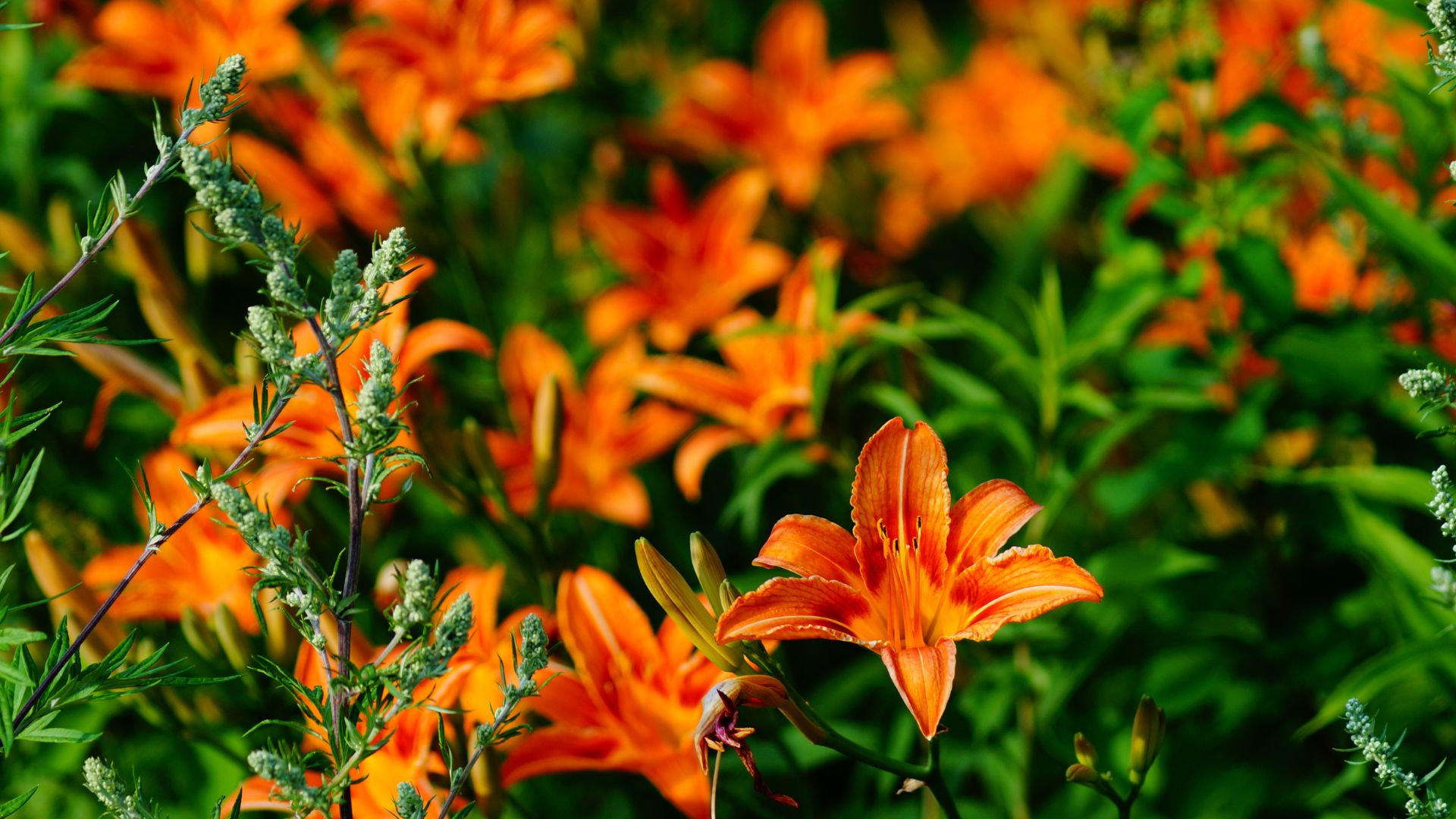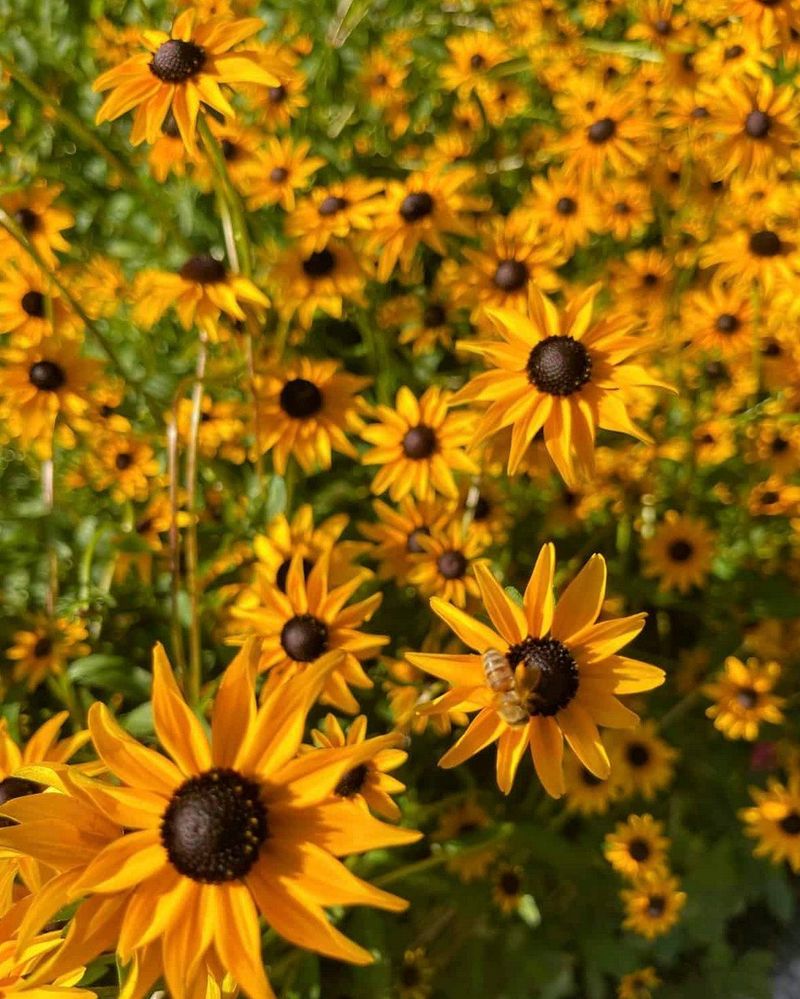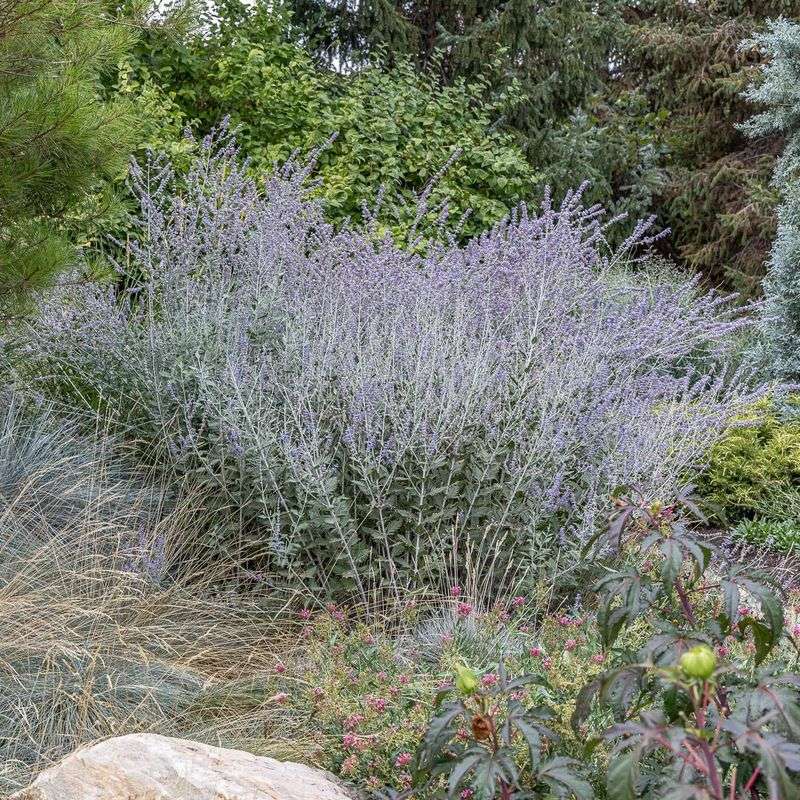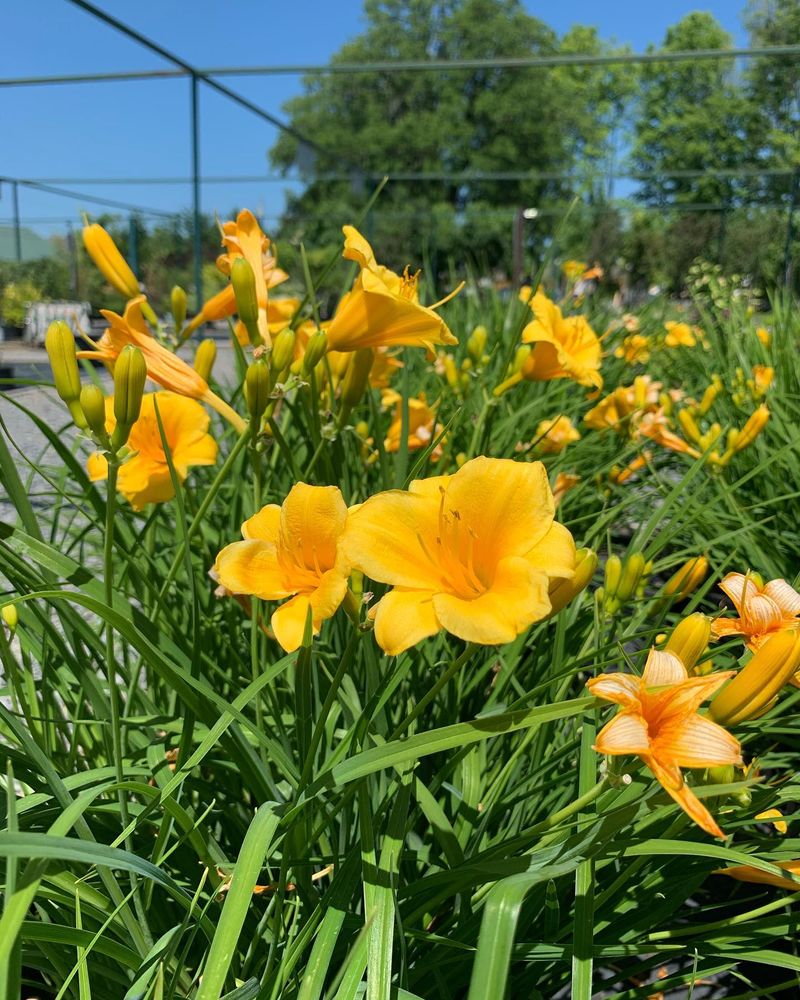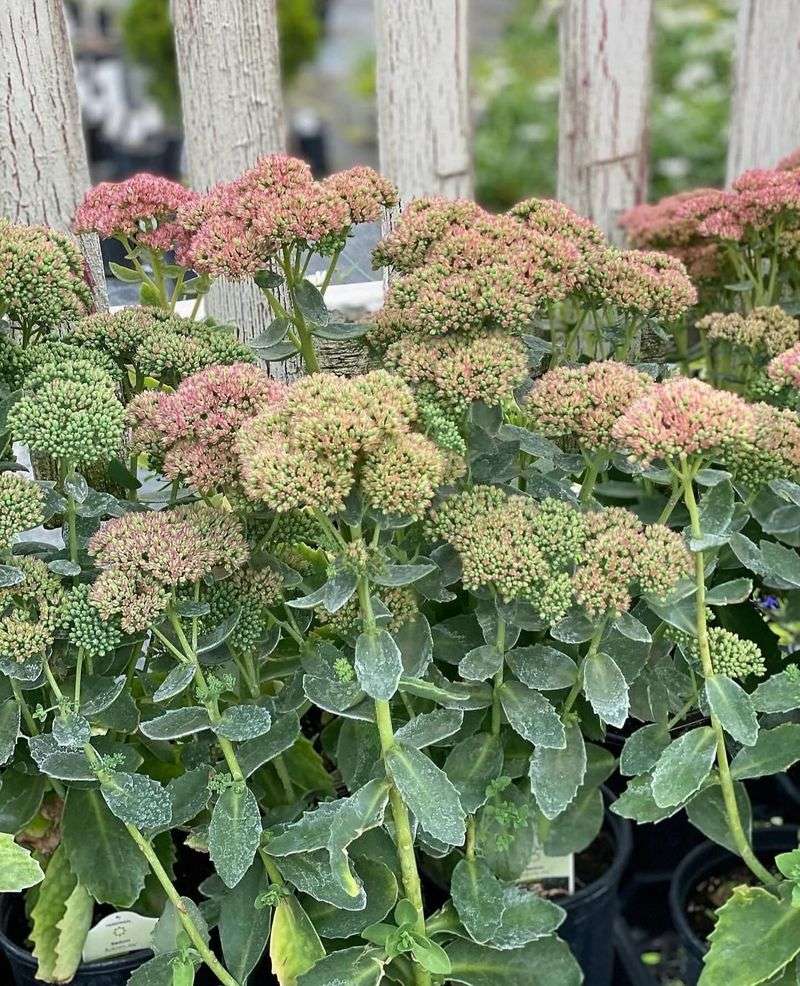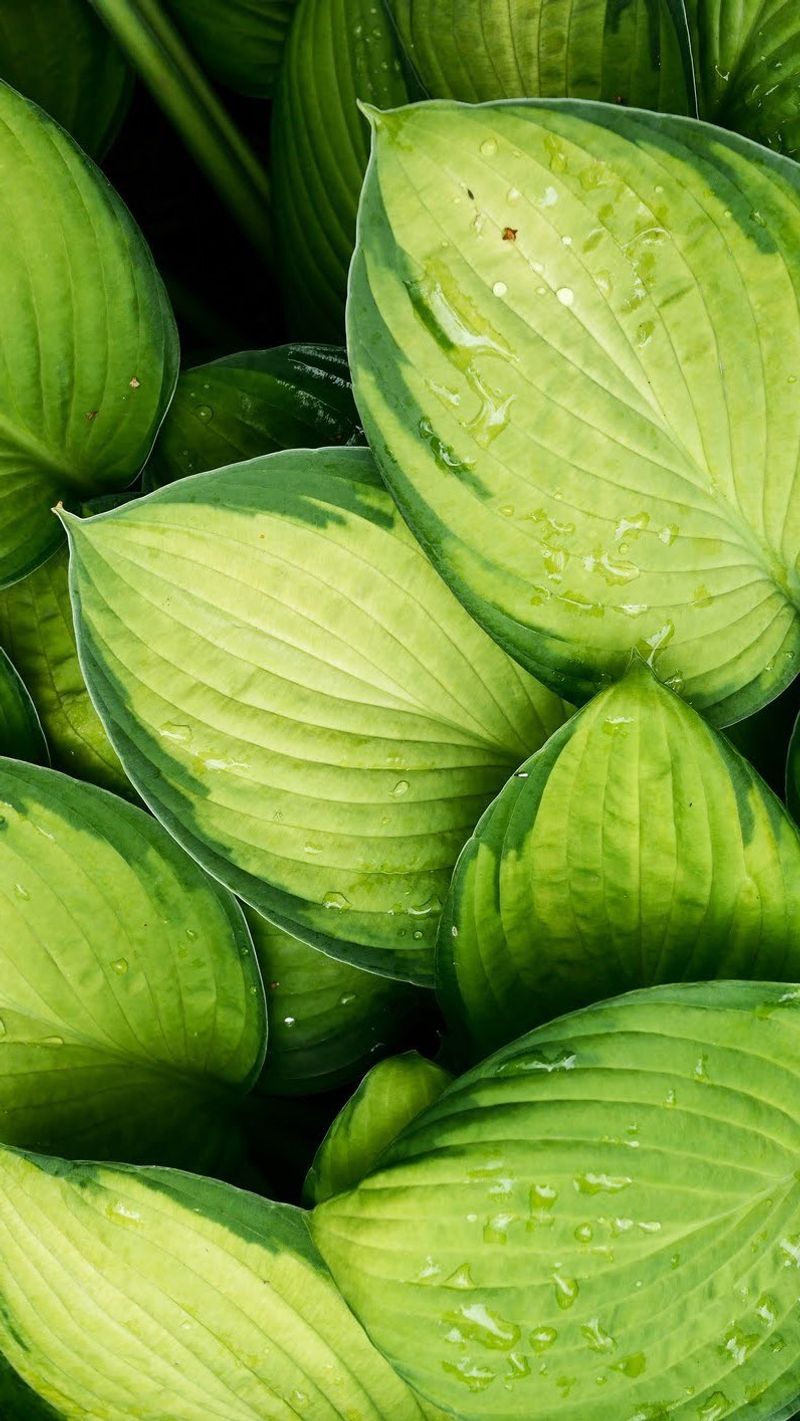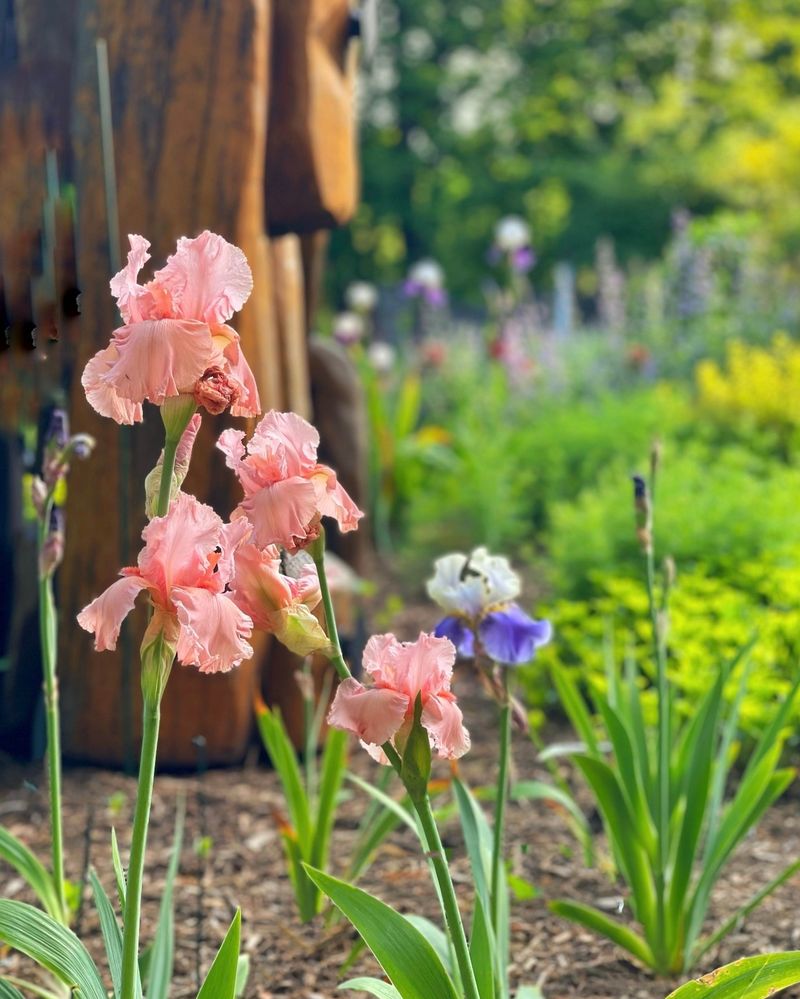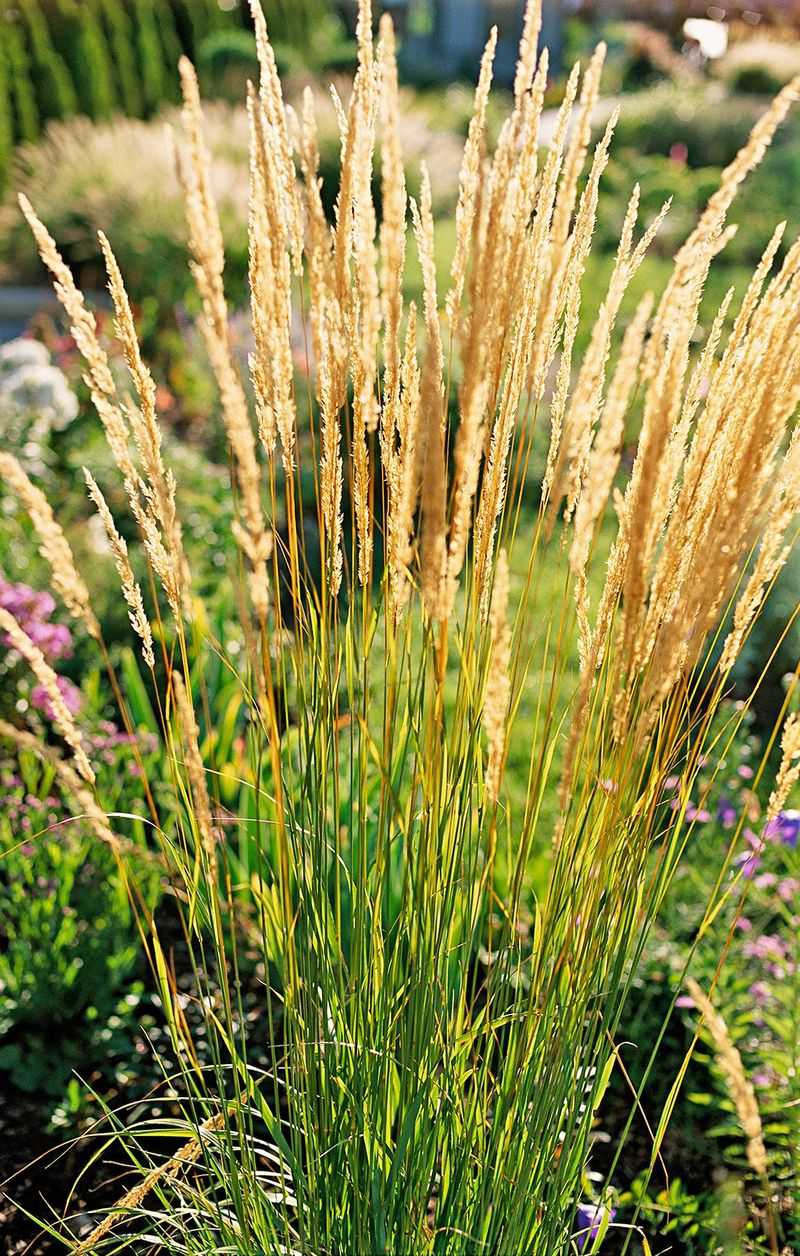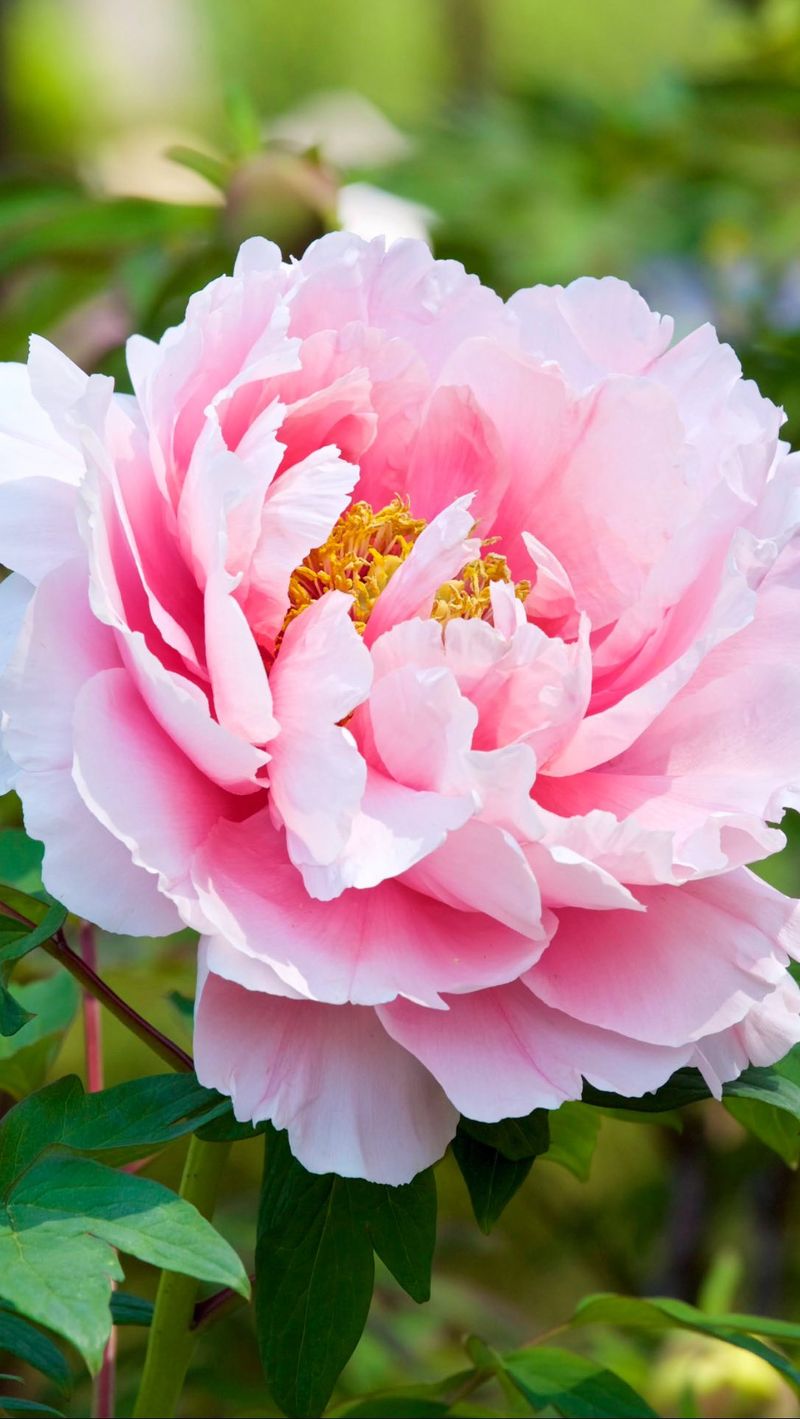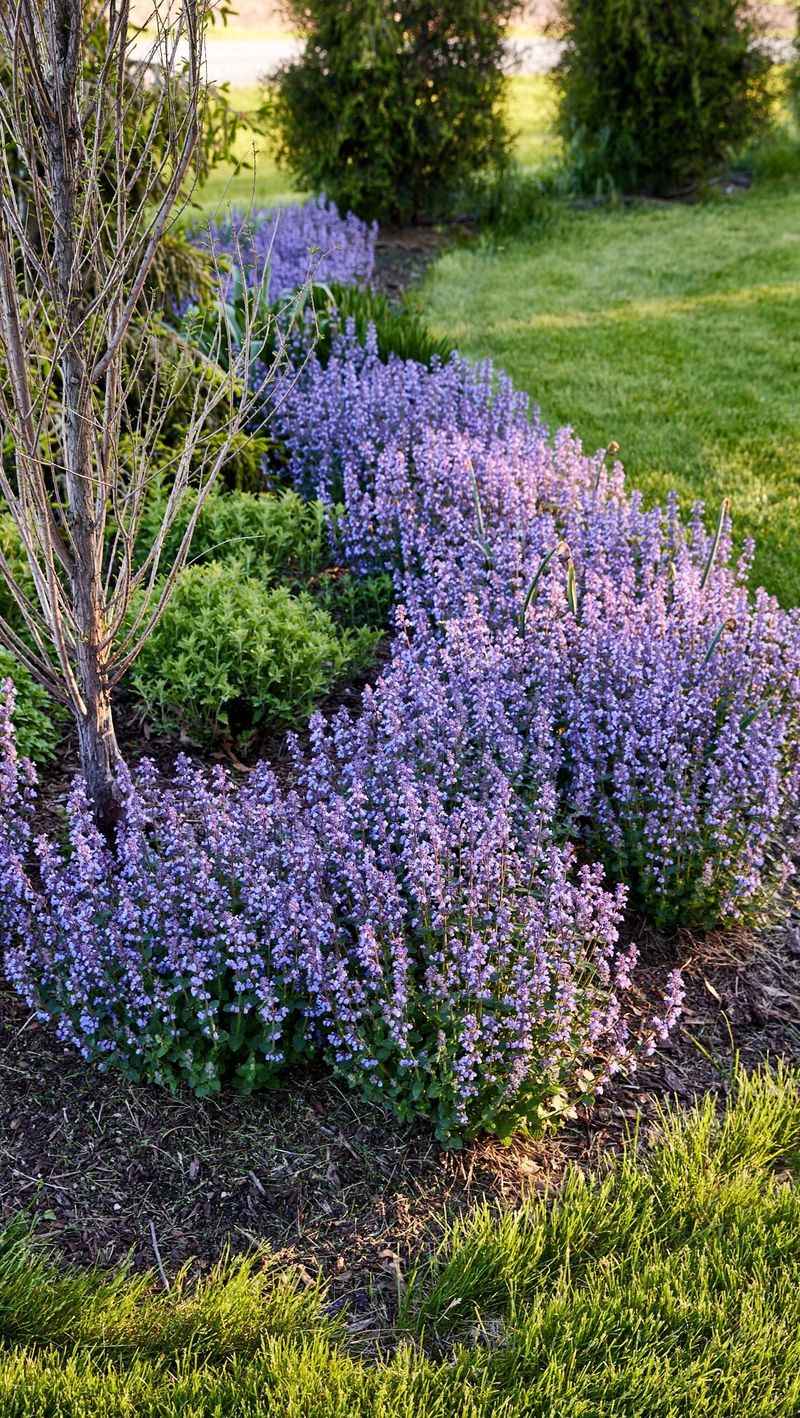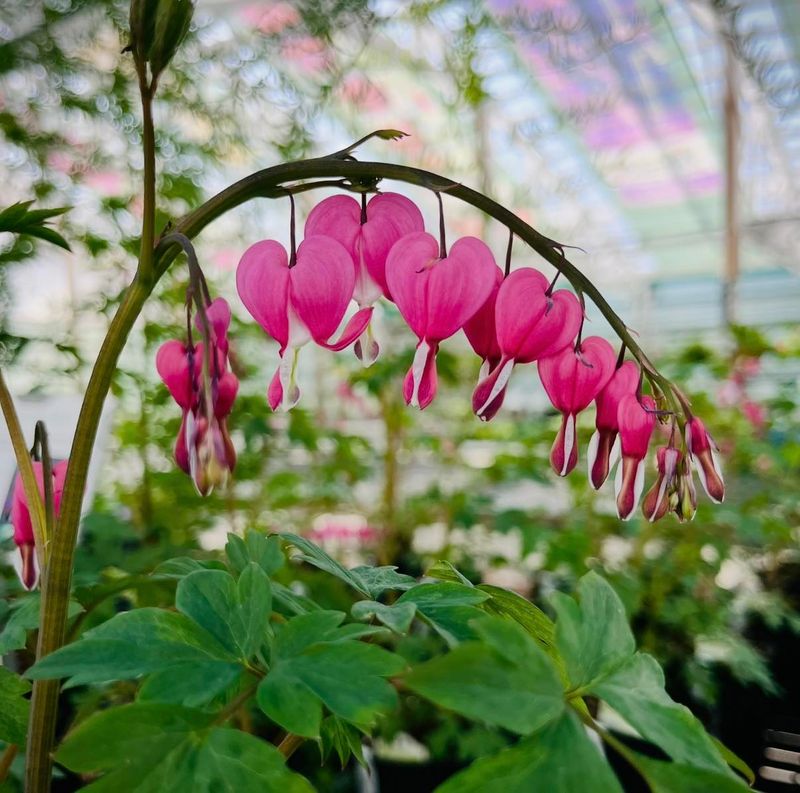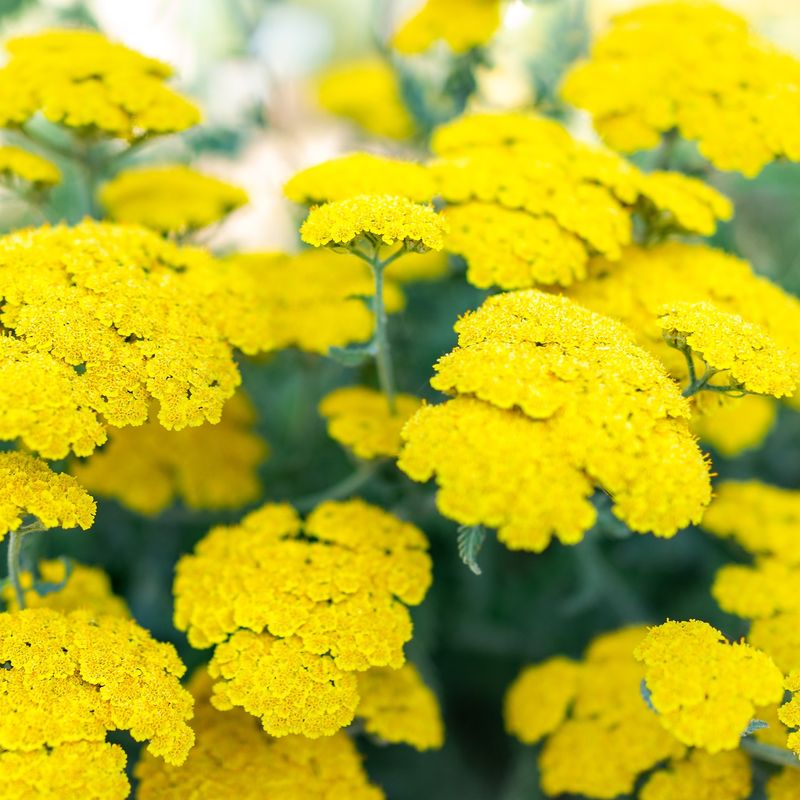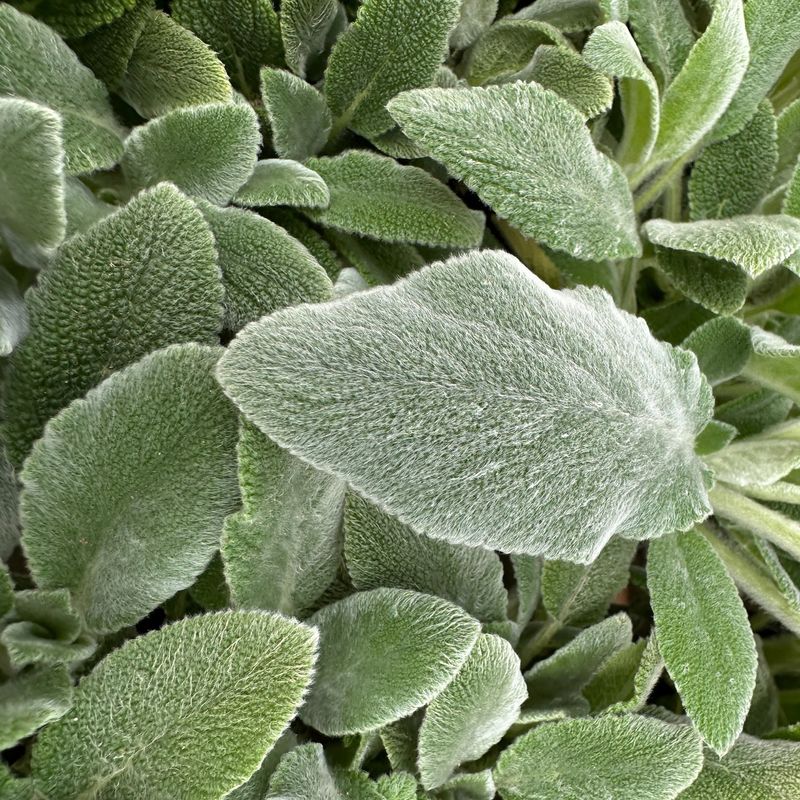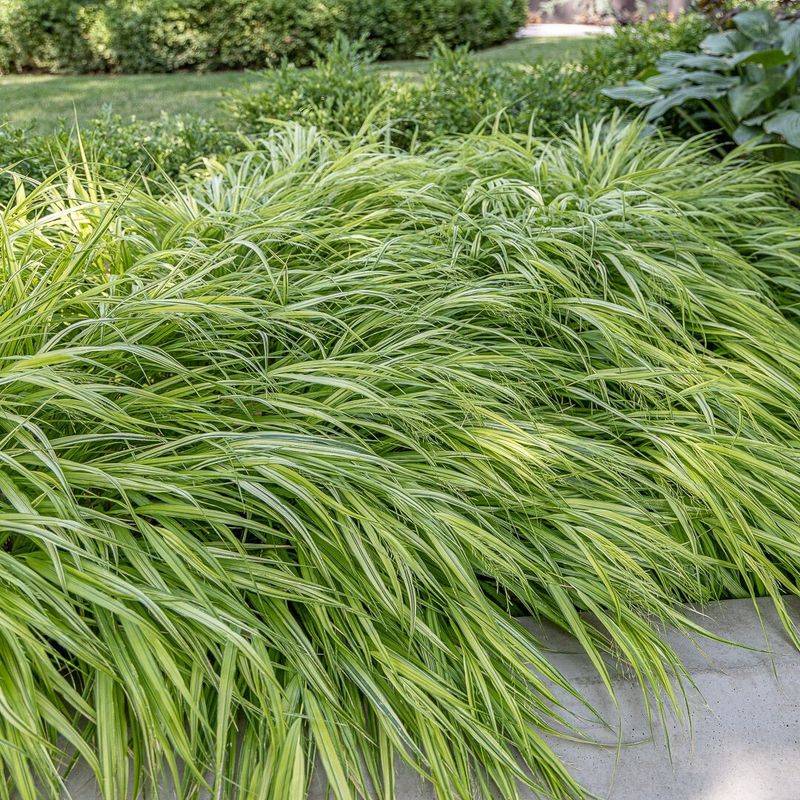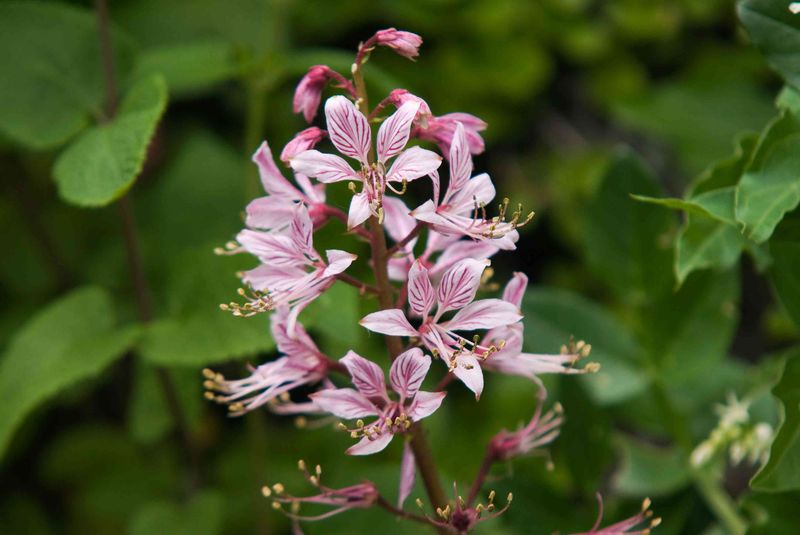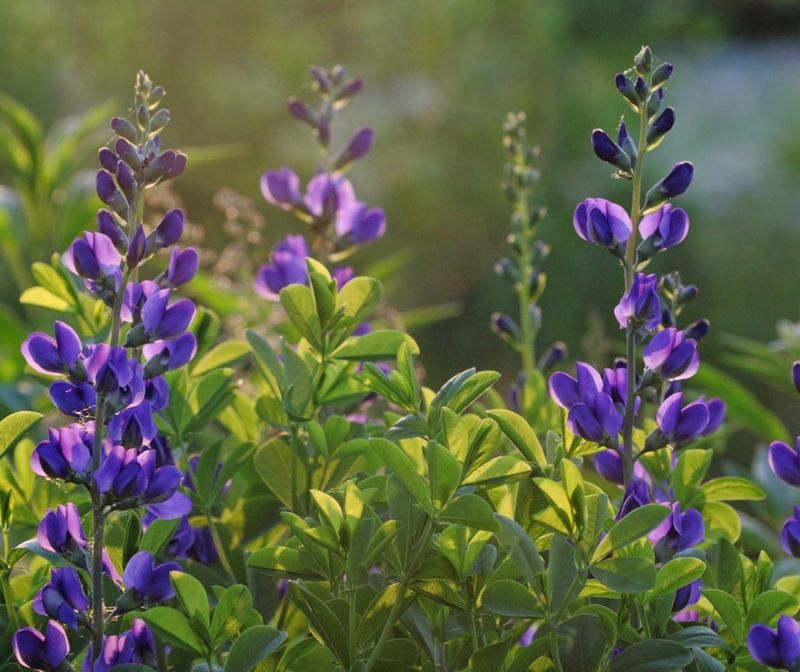Tired of replanting your garden every year? Perennials are the answer to your gardening prayers. These plants come back season after season with minimal effort on your part, saving you time, money, and backaches.
I’ve spent years testing different perennials in my own yard, discovering which ones truly deliver on the promise of being low-maintenance while still looking fantastic. Some surprised me with their toughness, bouncing back even after I completely forgot about them during a three-week vacation.
Here’s my hard-earned list of perennials that actually thrive on neglect, plus a few insider favorites that garden experts keep to themselves (until now).
1. Coneflowers (Echinacea)
Native to American prairies, coneflowers practically laugh at drought once established. I planted mine three years ago and haven’t watered them since, yet they keep producing those distinctive daisy-like blooms from mid-summer until fall.
The seed heads provide winter interest and feed hungry birds. Beyond the classic purple, you’ll find newer varieties in sunset colors like orange, yellow, and red that blend beautifully with almost any garden style.
Plant these in full sun, walk away, and let them do their thing – they’ll actually perform worse with too much fussing.
2. Black-Eyed Susans (Rudbeckia)
Golden flowers that keep going when everything else has given up. Black-eyed Susans start blooming in midsummer and don’t quit until frost, all without asking for a thing from you.
What I love most about these cheerful natives is how they fill in gaps between spring and fall bloomers. They self-seed just enough to spread naturally without becoming invasive, creating informal drifts that look perfectly planned (though I never lifted a finger).
Butterflies flock to them, and deer generally leave them alone – a winning combination in my book.
3. Russian Sage (Perovskia)
Not actually a sage but a distant mint relative, Russian sage creates clouds of lavender-blue flowers from July through October. The silvery foliage looks good even when it’s not blooming, adding texture that complements practically everything.
My neighbor’s dog once trampled my newly planted Russian sage flat to the ground. I figured it was a goner, but two weeks later it had bounced back completely – that’s how tough this plant is.
It thrives in poor soil and blazing heat that would kill lesser plants, making it perfect for that problem spot in your yard.
4. Daylilies (Hemerocallis)
The workhorses of any low-maintenance garden, daylilies shrug off poor soil, drought, and neglect with ease. Each bloom lasts just one day (hence the name), but plants produce so many buds that you’ll have flowers for weeks.
I’ve had the same clump growing beside my driveway for 12 years – enduring salt spray, snowplow damage, and complete neglect. They still bloom reliably every June.
Modern reblooming varieties like ‘Stella de Oro’ and ‘Happy Returns’ offer even more bang for your buck, flowering from early summer through fall with minimal deadheading.
5. Sedum ‘Autumn Joy’
From fuzzy broccoli-like buds in summer to russet-red flower heads in fall, ‘Autumn Joy’ sedum delivers multi-season interest without asking for anything in return. The succulent leaves store water, making this one of the most drought-resistant perennials you can grow.
Mine survived a summer when I completely forgot to water anything for two months straight. While other plants shriveled, the sedum looked unfazed.
Leave the dried flower heads standing through winter – they catch snow in beautiful ways and provide food for birds when little else is available.
6. Hostas
The ultimate solution for those impossible shady spots where nothing else grows. Hostas come in hundreds of varieties, from tiny miniatures to massive 3-foot specimens, with leaves in every shade from blue-green to chartreuse to variegated patterns.
Once established, they need almost zero attention. A single division can grow into a magnificent clump within just a few seasons, filling space beautifully.
The only real threat is deer – they consider hostas a salad bar. If deer visit your yard, try spraying with a repellent or choose tough, blue-leaved varieties that seem less appetizing to the four-legged nibblers.
7. Bearded Iris
Elegant flowers that practically grow themselves, bearded iris deliver spectacular blooms in spring without demanding much in return. The sword-like foliage provides structure even when they’re not flowering.
I inherited a patch when I bought my house 15 years ago. Despite never feeding them and dividing them just once, they still put on a show every May that stops neighbors in their tracks.
Plant the rhizomes just barely covered with soil in a sunny spot with good drainage, and they’ll reward you with years of increasingly abundant blooms. Just don’t mulch them – they like their “feet” exposed to the sun.
8. Ornamental Grasses
Movement, sound, and four-season interest – ornamental grasses deliver it all with zero neediness. Unlike lawn grass that demands constant mowing, these set-it-and-forget-it beauties grow into graceful clumps that dance in the slightest breeze.
My favorite is feather reed grass (Calamagrostis), which stands poker-straight even after heavy rain. For something more dramatic, try maiden grass (Miscanthus) with its showy plumes that catch the low autumn light.
The only maintenance? Cut them down once a year in late winter before new growth starts – a five-minute job that’s hardly worth calling maintenance.
9. Peonies
Grandma was right about peonies – plant them correctly once, and they’ll outlive you. Some peony plants have been blooming for over 100 years in the same spot!
Their lush, fragrant flowers in late spring are worth the 11 months of waiting. Just remember not to plant them too deep – the eyes (growth buds) should be just 1-2 inches below soil level.
Mine have survived complete neglect, including a year when I forgot to cut back the foliage in fall. They still bloomed perfectly the following spring, proving they’re truly plants for gardeners who have better things to do than fuss over flowers.
10. Catmint (Nepeta)
Lavender-blue flower spikes that bloom for months, not weeks. Catmint starts flowering in late spring and keeps going through summer if you give it a quick haircut after the first flush fades.
Bees absolutely mob this plant, making it valuable for pollinator gardens. The gray-green foliage looks fresh even during hot spells, and deer and rabbits typically avoid it thanks to the minty scent.
Newer varieties like ‘Walker’s Low’ and ‘Cat’s Pajamas’ stay compact without flopping open in the middle – a vast improvement over the older types that used to sprawl everywhere by midsummer.
11. Bleeding Heart (Dicentra)
Perfect for that tricky spot under deciduous trees. Bleeding hearts emerge early in spring, bloom with their distinctive heart-shaped flowers, then gradually go dormant as summer heat arrives – just as tree leaves overhead create deeper shade.
This natural timing means they thrive where summer plants would struggle. The old-fashioned pink variety was my grandmother’s favorite, but I’ve grown fond of the white ‘Alba’ which glows like moonlight in shady corners.
Plant ferns or hostas nearby to fill in when bleeding hearts retreat for their summer nap – you’ll get two shows for the effort of planting once.
12. Yarrow (Achillea)
Flat-topped flower clusters that butterflies can’t resist, yarrow thrives in hot, dry conditions that would wither most other perennials. The ferny foliage looks good all season, staying neat and tidy without spreading too aggressively.
Modern varieties come in sophisticated colors ranging from pale yellow to deep wine red. ‘Moonshine’ with its silvery leaves and lemon-yellow flowers hasn’t needed dividing or staking in my garden for six years straight.
Cut some stems for dried arrangements – they hold their color for months and add texture to winter bouquets when nothing’s blooming outside.
13. Lamb’s Ear
Touch-me texture in the garden, lamb’s ear’s velvety silver leaves feel like the softest flannel. Kids especially love running their hands over this plant – I’ve watched my nephew spend 20 minutes just petting the leaves.
It forms a dense, weed-suppressing mat that rarely needs attention. While it does produce lavender flower spikes, many gardeners remove them to keep the focus on the foliage.
During a record-breaking drought last summer, my lamb’s ear looked completely unfazed while neighboring plants wilted dramatically. Plant it where you can reach out and stroke those irresistible leaves as you walk by.
14. Japanese Forest Grass
Every garden designer’s secret weapon for shady spots, Japanese forest grass flows like water through the garden. The cascading habit softens hard edges and creates movement even without wind.
Unlike most ornamental grasses that demand full sun, this one thrives in shade. The variegated ‘Aureola’ variety literally glows in dark corners, bringing light to places where most colorful plants struggle.
It’s slow-growing at first – I nearly pulled mine out thinking it was a dud – but by year three, it forms a graceful mound that needs zero maintenance beyond a quick cut-back in late winter.
15. Gas Plant
The perennial almost nobody knows about but every experienced gardener covets. Gas plants are incredibly long-lived – some have been documented growing in the same spot for over 50 years!
Star-shaped flowers rise above citrus-scented foliage in late spring, followed by decorative seed pods that persist into winter. The common name comes from the plant’s ability to release flammable oils on hot days – you can actually (carefully) hold a match near the flowers and see a tiny flash.
Once established, they resent disturbance, so plant them where they can remain undisturbed for decades.
16. Bear’s Breeches
Architectural statement plants that garden designers use to create focal points. The deeply cut, glossy leaves would be worth growing even if bear’s breeches never flowered, but they also produce remarkable 3-foot tall flower spikes that look like something from a Dr. Seuss book.
These plants are virtually indestructible once established. A landscape architect friend told me he’s seen them growing in abandoned gardens 30 years after the house was demolished.
They’re slow to emerge in spring, so mark their location to avoid accidentally digging them up. Their dramatic presence makes them worth the wait.
17. Baptisia (False Indigo)
The prairie native that garden insiders treasure for its incredible durability and architectural presence. Baptisia forms a shrub-like clump of blue-green foliage topped with lupine-like flower spikes in late spring.
After flowering, interesting seed pods develop that rattle in fall breezes. The deep taproot makes it extremely drought-resistant but also means you should choose its location carefully – moving established plants is nearly impossible.
I planted one tiny specimen eight years ago, and it’s now a magnificent 3-foot mound that’s never had disease, never needed staking, and looks good from April through October. What more could you ask for?
18. Coral Bells (Heuchera)
These foliage-forward perennials earn their keep with minimal effort. Coral bells offer an array of leaf colors—from plum to lime to marmalade—that brighten borders long after flowers fade. While their airy flower spikes attract pollinators in early summer, it’s the evergreen mounds of ruffled leaves that do most of the heavy lifting.
I planted several under a maple tree where little else thrived, and they now form a low-maintenance patchwork of color that never needs dividing. Newer varieties like ‘Caramel’ and ‘Obsidian’ handle both heat and humidity better than older types, asking only for part shade and well-drained soil.
19. Sea Holly (Eryngium)
A spiky showstopper that thrives on neglect, sea holly brings architectural interest to any sunny bed. Its silvery-blue stems and metallic flowers look almost sculptural—and unlike delicate blooms, they don’t flop or fade in strong sun or drought.
Pollinators adore them, deer avoid them, and they hold their striking form even as they dry. I once forgot to deadhead mine, and months later the dried flower heads still looked good enough for indoor arrangements. Just plant in full sun with good drainage, and watch it do its thing—no pampering needed.

